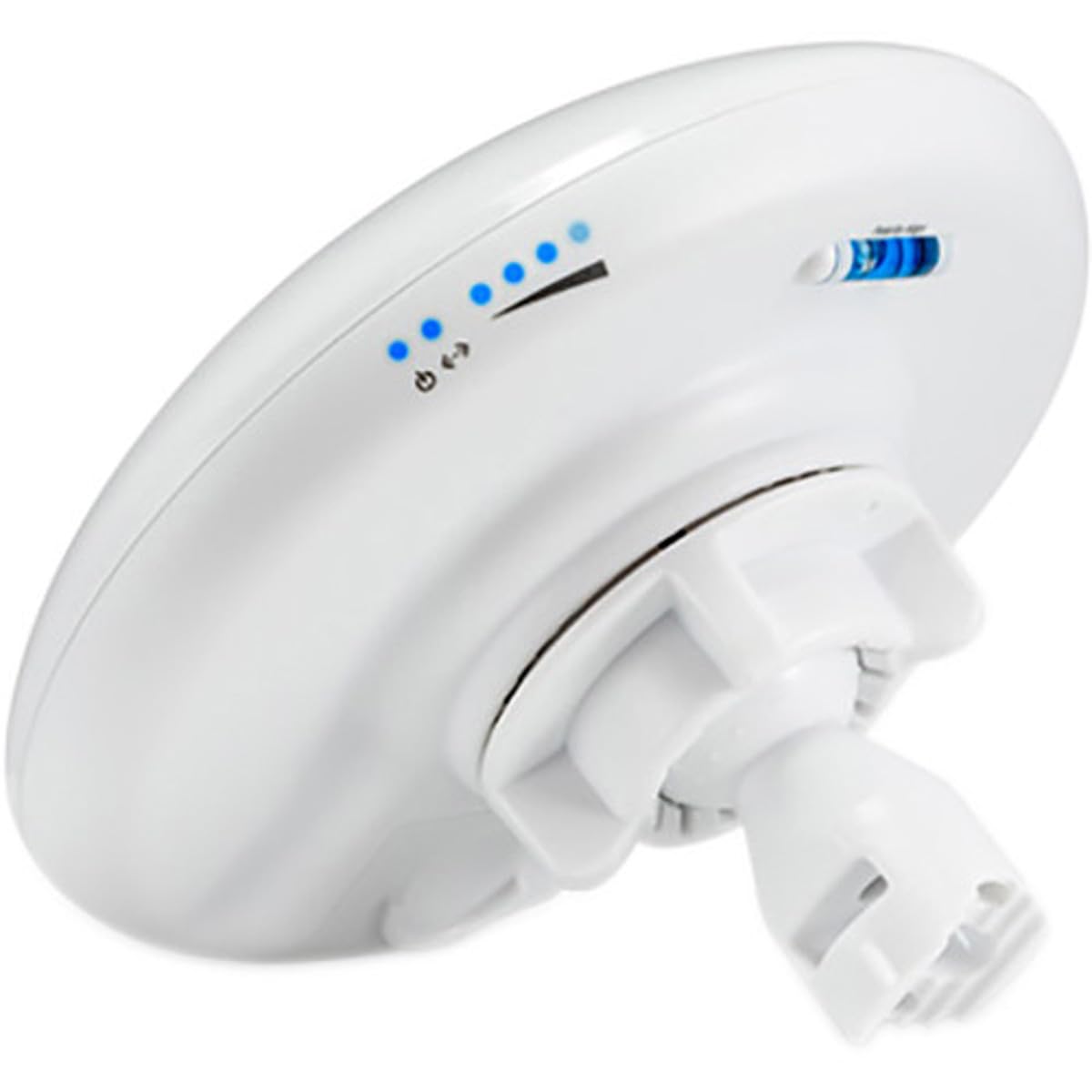Customer Services
Copyright © 2025 Desertcart Holdings Limited
Desert Online General Trading LLC
Dubai, United Arab Emirates







🚀 Elevate Your Connectivity Game!
The Ubiquiti NanoBeam ac Gen2 is a high-performance airMAX ac bridge designed for seamless connectivity over long distances. With a maximum range of 15,000 meters and a compact design, it combines durability and ease of installation, making it an ideal choice for both professional and personal use.

| Item Dimensions L x W x H | 8.9"L x 9.5"W x 3.8"H |
| Number of Channels | 6 |
| Impedance | 50 Ohm |
| Maximum Range | 15000 Meters |
Trustpilot
3 days ago
1 week ago